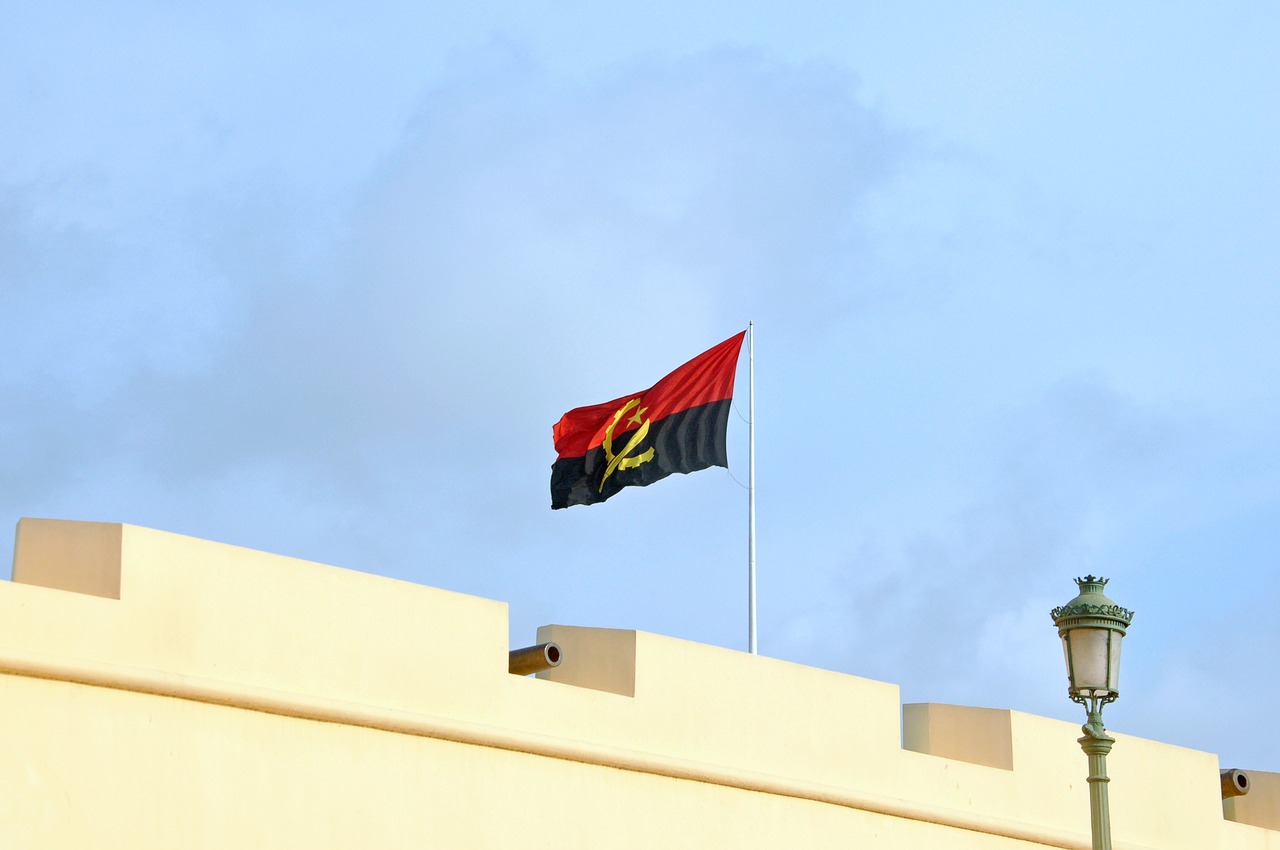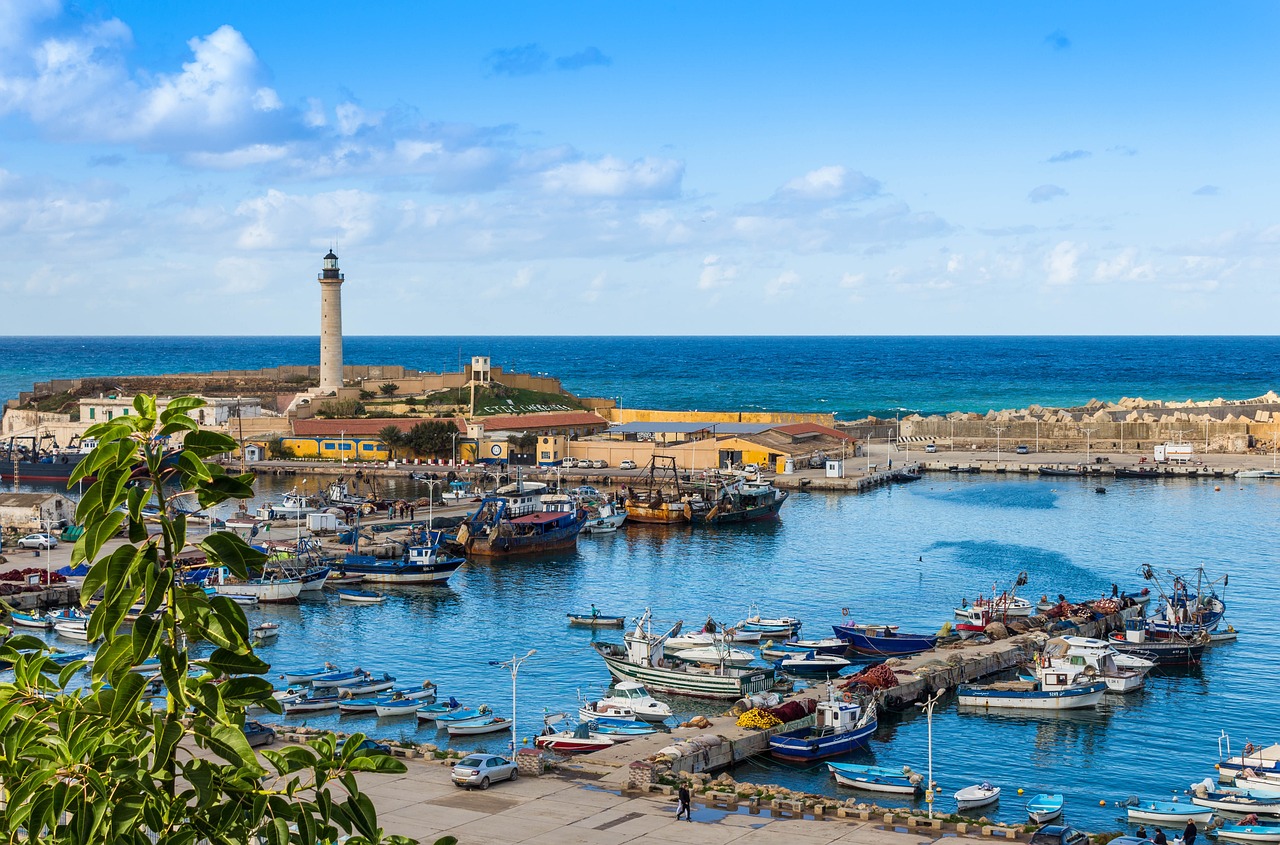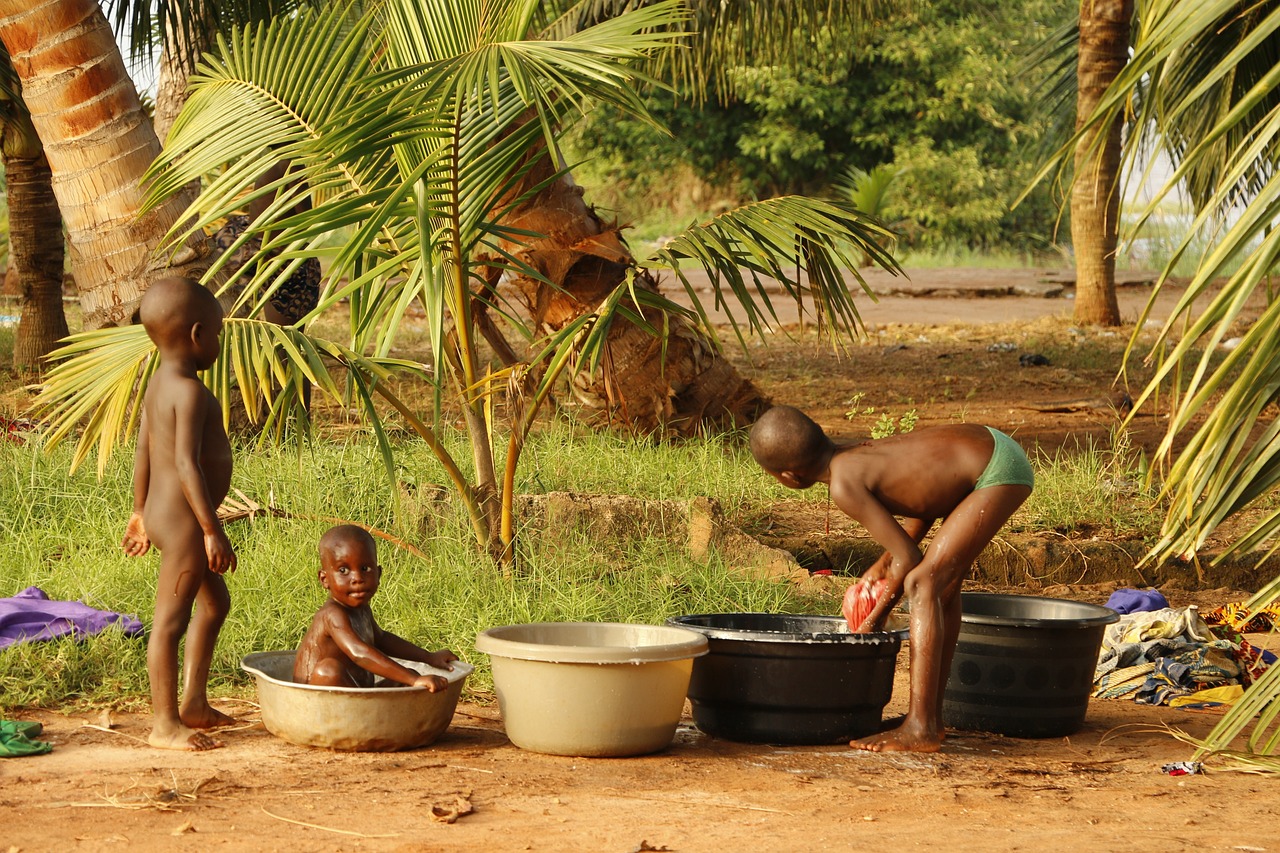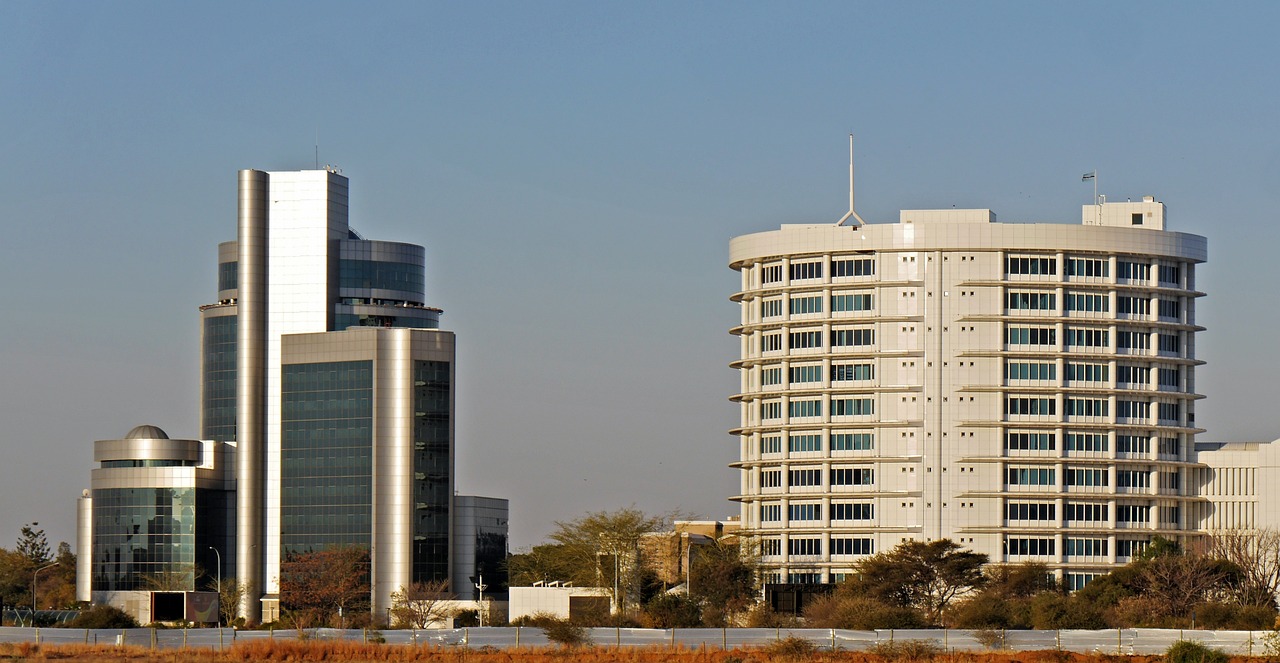Angola: Revealing 30 Intriguing Facts about the Land of Contrasts
Angola, a country nestled on the west coast of Southern Africa, is a land of diverse landscapes, vibrant cultures, and a rich history. From its stunning coastline to its vibrant cities, Angola offers a tapestry of experiences for those seeking to explore its wonders. In this article, we will delve into 30 fascinating facts about Angola that will unveil the beauty and uniqueness of this captivating nation.
1. The Land of Contrasts
Angola is often referred to as the “Land of Contrasts” due to its diverse landscapes, which range from sandy beaches and tropical rainforests to arid deserts and breathtaking mountains. This variety of environments makes Angola a visually captivating country to explore.
2. The Portuguese Influence
Angola was once a Portuguese colony, gaining independence in 1975. The country’s Portuguese heritage is evident in its language, cuisine, and architecture, which reflect a blend of African and European influences.
3. The Mighty Kalandula Falls
Kalandula Falls, located in Malanje province, is one of the largest waterfalls in Africa. With its impressive cascade dropping from a height of over 100 meters, it is a natural wonder that leaves visitors in awe.
4. The Rich Cultural Heritage
Angola is home to numerous ethnic groups, each with its own vibrant traditions, music, and dance. From the Ovimbundu and Kimbundu to the Bakongo and Lunda, the cultural diversity of Angola is a source of pride and celebration.
5. The Welwitschia Mirabilis
Angola is home to the Welwitschia Mirabilis, a unique and ancient plant that can live for over 1,000 years. With its long, strap-like leaves and unusual appearance, it is a botanical wonder found in the arid regions of the country.
6. The Magnificent Tunda Vala Fissure
The Tunda Vala Fissure, located in Huila province, is a natural wonder formed by the splitting of a massive rock formation. The resulting fissure offers breathtaking views of the surrounding landscape and is a popular destination for adventurous travelers.
7. The Pristine Beaches of Benguela
Benguela, a coastal province in Angola, boasts pristine beaches with turquoise waters and golden sands. Places like Baia Azul and Lobito are popular seaside destinations, offering opportunities for relaxation and water sports.
8. The Marvelous Mussulo Peninsula
The Mussulo Peninsula, located near Luanda, is a stunning stretch of coastline known for its beautiful beaches and crystal-clear waters. It is a popular retreat for locals and visitors, offering opportunities for swimming, sunbathing, and water-based activities.
9. The African Wild Dogs of Kissama National Park
Kissama National Park, situated in Bengo province, is home to diverse wildlife, including the endangered African wild dogs. This park offers the opportunity to spot these magnificent animals in their natural habitat, along with other species such as elephants, giraffes, and antelopes.
10. The Impressive Rock Formations of Pungo Andongo
Pungo Andongo, located in Malanje province, is famous for its unique rock formations that resemble giant mushrooms. These natural wonders, known as “Pedras Negras,” create a surreal and picturesque landscape that is a sight to behold.
11. The Enchanting Island of Ilha do Mussulo
Ilha do Mussulo, a small island off the coast of Luanda, is a hidden gem with its pristine beaches and tranquil atmosphere. It is a popular destination for day trips and weekend getaways, offering a peaceful escape from the bustling city.
12. The Captivating Colonial Architecture
Angola’s colonial past is reflected in its architecture, particularly in cities like Luanda and Benguela. Buildings such as the Palácio de Ferro (Iron Palace) and the Cidade Alta (Upper Town) in Luanda showcase the country’s architectural heritage.
13. The Traditional Cuisine
Angolan cuisine is a delightful fusion of African, Portuguese, and Brazilian flavors. Dishes like funge (a cornmeal-based staple), moamba de galinha (chicken stew), and calulu (a fish and vegetable dish) tantalize the taste buds and reflect the country’s cultural diversity.
14. The Iconic Baobab Trees
Angola is home to majestic baobab trees that dot the landscapes of the country. These ancient trees, with their massive trunks and unique shapes, have cultural and spiritual significance and serve as gathering points for communities.
15. The Intriguing Petroglyphs of Tchitundo-Hulo
Tchitundo-Hulo, located in Namibe province, is an archaeological site featuring ancient rock carvings known as petroglyphs. These enigmatic engravings depict various animals, human figures, and geometric patterns, providing a glimpse into Angola’s ancient past.
16. The Dazzling Dance of Semba
Semba is a popular traditional dance form in Angola, characterized by its lively rhythms and graceful movements. It is an integral part of the country’s cultural heritage and is often performed during festive occasions and celebrations.
17. The Unique Handicrafts of Quiçama
Quiçama, a town in Luanda province, is known for its vibrant handicrafts. Local artisans create intricate pieces such as wood carvings, pottery, and woven baskets, showcasing their talent and preserving traditional craftsmanship.
18. The Striking Cangandala National Park
Cangandala National Park, situated in Malanje province, is a biodiversity hotspot and a sanctuary for endangered species. It is particularly known for its efforts in conserving the giant sable antelope, an iconic and rare antelope species found only in Angola.
19. The Mesmerizing Landscapes of Cuando Cubango
When it comes to stunning landscapes, Cuando Cubango province is a hidden gem. Its vast savannahs, winding rivers, and lush wetlands create a picturesque setting and provide habitat for diverse wildlife, including elephants and buffalo.
20. The Enigmatic Tchokwe Masks and Art
The Tchokwe people of Angola are renowned for their intricate masks and artistic traditions. These masks, adorned with geometric patterns and elaborate carvings, are used in ceremonies, dances, and cultural celebrations.
21. The Historical Fortresses of Angola
Angola is home to several historical fortresses that stand as testaments to the country’s past. Fortaleza de São Miguel in Luanda and Fortaleza de São José da Mina in Benguela are prime examples, offering a glimpse into Angola’s colonial history and serving as reminders of its strategic importance.
22. The Lively Rhythms of Kizomba
Kizomba is a popular music and dance genre in Angola, characterized by its sensual movements and melodic rhythms. It has gained international recognition and has become a global sensation, captivating dance enthusiasts around the world.
23. The Unique Landscape of Namibe Desert
Namibe Desert, located in Namibe province, is a captivating desert landscape that stretches along the coast. Its towering sand dunes, contrasting with the azure waters of the Atlantic Ocean, create a dramatic and breathtaking panorama.
24. The Natural Splendor of Bicuar National Park
Bicuar National Park, situated in Huíla province, is a haven for wildlife enthusiasts and nature lovers. It is home to a diverse range of animals, including elephants, lions, and various bird species, offering unforgettable wildlife encounters.
25. The Historic Charm of Lubango
Lubango, the capital of Huíla province, exudes historic charm with its colonial-era buildings, tree-lined streets, and picturesque setting. Its iconic Cristo Rei statue, perched on a hilltop, offers panoramic views of the city.
26. The Resilience and Spirit of Angolans
Angolans have shown incredible resilience and spirit throughout their history, overcoming challenges and working towards a brighter future. The people’s warm hospitality, vibrant culture, and determination reflect the strength of the Angolan spirit.
27. The Sable Antelope: Angola’s National Symbol
The giant sable antelope, known as Palanca Negra, is Angola’s national symbol and is featured on the country’s coat of arms. With its striking appearance and endangered status, the antelope represents Angola’s commitment to wildlife conservation.
28. The Cultural Capital of Angola: Benguela
Benguela, a coastal city in Angola, is considered the cultural capital of the country. Its vibrant arts scene, historical architecture, and lively festivals showcase the rich cultural heritage and creative talent of the region.
29. The Majestic Iona National Park
Iona National Park, located in Namibe province, is a pristine wilderness that showcases Angola’s natural beauty. Its rugged mountains, vast plains, and unique flora and fauna make it a paradise for nature enthusiasts and photographers.
30. The Path of Peace: Angola’s Journey
After a prolonged period of civil war, Angola has embarked on a path of peace, stability, and development. The country’s progress and resilience stand as a testament to the indomitable spirit of its people.
In conclusion, Angola is a country of breathtaking landscapes, rich cultural heritage, and a resilient spirit. With its natural wonders, diverse traditions, and warm-hearted people, Angola invites travelers to explore its captivating beauty and discover the many treasures it has to offer.
Author Profile
- Welcome to my world facts blog! I'm Jay Steph, and I'm here to explore the captivating wonders of our planet. With a thirst for knowledge and a passion for exploration, I unravel fascinating insights about cultures and history. Join me on this awe-inspiring journey as we uncover hidden treasures together. Let's dive into the world of world facts and embark on an incredible adventure!
Latest entries
 AsiaJuly 31, 202330 Facts About Bangladesh
AsiaJuly 31, 202330 Facts About Bangladesh AfricaJuly 31, 202330 Facts About Burkina Faso
AfricaJuly 31, 202330 Facts About Burkina Faso AustraliaJuly 25, 202330 Facts about the Marshall Islands
AustraliaJuly 25, 202330 Facts about the Marshall Islands South AmericaJuly 25, 202330 Facts About Chile
South AmericaJuly 25, 202330 Facts About Chile



